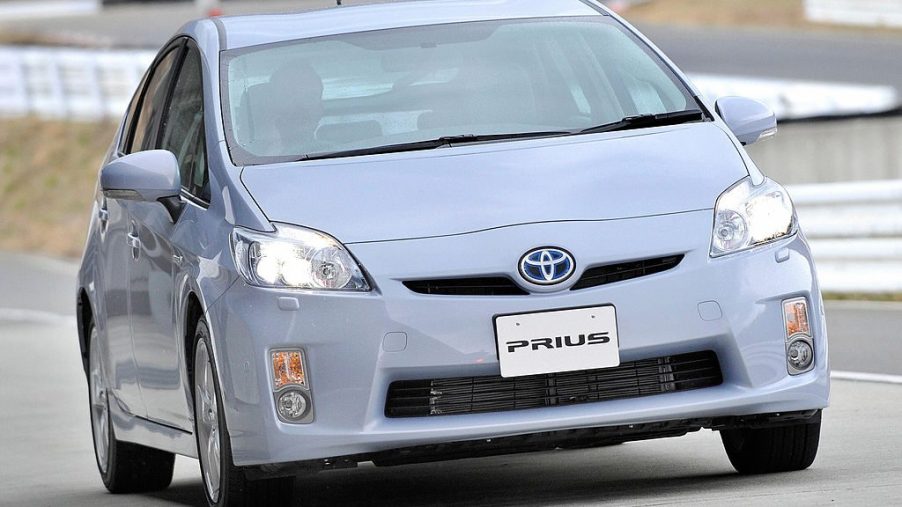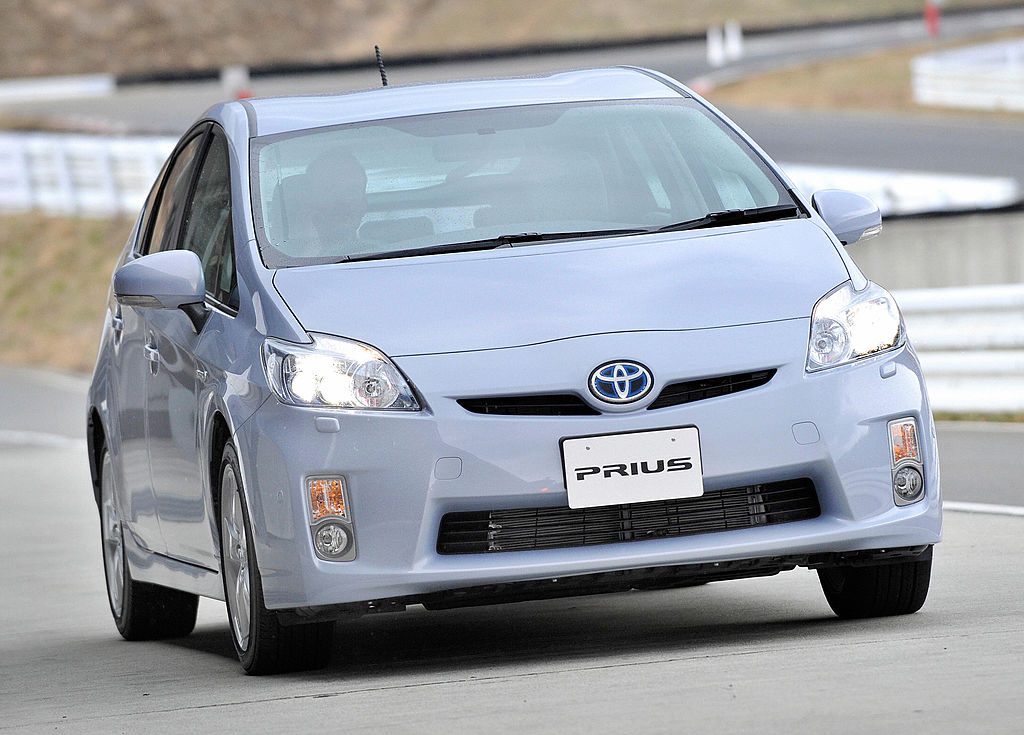
Why Electric Vehicles Can Be So Ugly
Widely speaking, electric vehicles used to be trash. They were slow, underperforming, and still came with an expensive price tag. It seemed like EVs would never take with consumers. Now, thanks to improved technology, EVs are more efficient and powerful. Local governments have EVs more affordable, and they’ve become more stylish too. We have gathered the most common electric vehicle questions to help you navigate your search.
How did electric vehicles become so popular all of a sudden?
There are many factors contributing to the rise in the popularity of EVs. To help offset the cost for an electric car, the U.S. government offers monetary incentives to purchase an electric vehicle depending on the model and type of battery pack you buy. You could receive a federal tax credit for up to $7,500 as well as receive other incentives based on your home states like electricity discounts or free access to HOV lanes.
In addition to taking advantage of the tax credit incentives, people have also become environmentally conscious and electric vehicles are better for the environment driving wise.
What’s the difference between an electric vehicle and a plug-in hybrid?
A fully electric vehicle gets all its power from an electrical source while a hybrid car is powered by an electric motor and a gasoline engine. Plug-in electric vehicles or PHEVs, are connected to an electrical power source to recharge and have a larger capacity to run solely on electricity. Oppositely, traditional hybrids derive most of their energy from a gas engine and can typically only run on an electric motor at lower speeds.
Just how much better are electric vehicles better for the environment?
Driving wise, EVs help to reduce air pollution in communities. Fully electric cars have no tailpipe, which means they do not emit carbon dioxide while driving. The process to actually make electric cars is less environmentally friendly though. According to a report by CleanTechnica, the manufacturing emissions of EVs compared can range from 15 to 68 percent higher than the equivalent production of a traditional gas vehicle.
Why are electric vehicles so ugly?

It’s hard to fairly compare the looks of an electric car compared to a gas-powered one because they are built so differently. The battery installation at the base of an EV impacts the legroom area so seats may have to be raised higher along with the rooflines which may look a bit awkward. Carmakers’ focus on aerodynamics and practicality also contributes to the odd-looking design of some EVs.
What do they drive like?
Electric vehicles drive pretty smooth and some can reach incredible speeds. Newer EVs are generally pretty smooth and can generate power almost instantly. The lower placement of the battery helps the vehicles feel more comfortable for passengers.
What about maintenance?
Some will say that electric vehicles require less maintenance compared to gas-driven cars because they don’t require oil changes and other regular maintenance appointments. Others will say that the cost of maintaining an electric vehicle compared to a gas-driven car is about the same. One thing to consider though is that replacing an electric car battery can cost as much as a brand new gas-driven car.
So should I get an electric car?
Now that depends on your current needs, preferred driving range capabilities, and commute. Deciding between a gas-powered car and an electric vehicle is a personal choice. Just don’t get rid of a good gas-powered car for an electric one because that’s counterproductive especially if helping to protect the environment is your primary goal.


